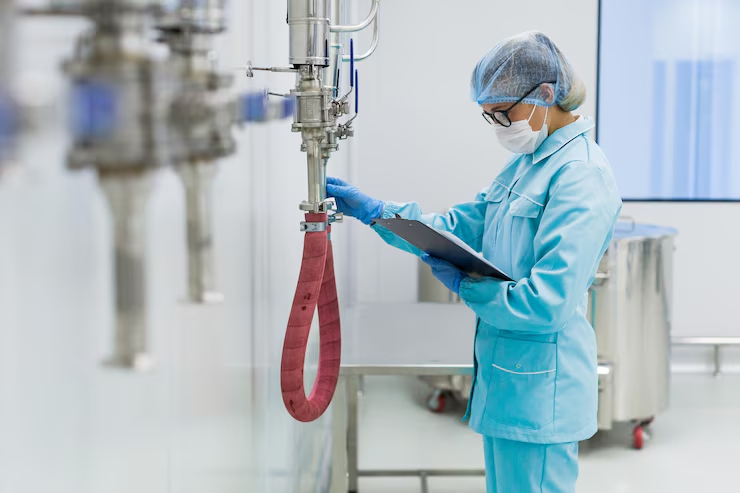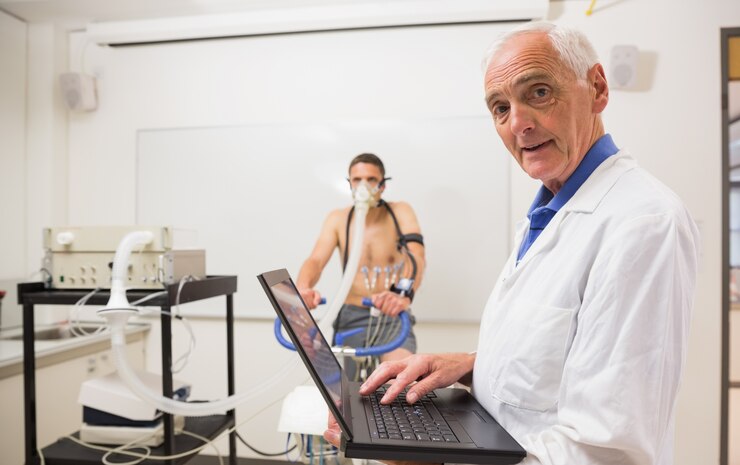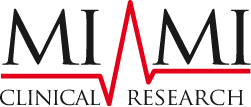Development Pipeline
The development pipeline refers to the comprehensive and sequential process involved in bringing a new drug or medical treatment from initial concept through to market availability. It encompasses several stages, each with its own unique objectives, challenges, and regulatory requirements. The ultimate goal of the development pipeline is to ensure that new therapies are both safe and effective for patients.


Stages of the Development Pipeline
The pipeline begins with discovery research, where scientists investigate disease mechanisms, identify potential drug targets, and screen chemical compounds or biological molecules for therapeutic activity. This early phase involves a deep understanding of biology, chemistry, and technology to find candidates that could modify disease processes.
Next comes the preclinical phase, where promising candidates undergo laboratory and animal testing. The objective here is to evaluate the safety profile, dosage parameters, and pharmacokinetics (how the drug is absorbed, distributed, metabolized, and excreted) before moving into human trials.
If preclinical testing is successful, the compound enters the clinical trial phase, which is divided into three main stages:
- Phase I: Tests safety, dosage range, and side effects on a small group of healthy volunteers or patients.
- Phase II: Explores efficacy and side effects in a larger group of patients with the targeted condition.
- Phase III: Confirms effectiveness, monitors adverse reactions, and compares the drug to standard treatments in large patient populations.
Following successful clinical trials, the drug developer submits a New Drug Application (NDA) or equivalent regulatory filing to authorities such as the FDA or EMA. These bodies conduct a thorough review of all data to determine if the drug meets standards for safety and efficacy.
If approved, the drug moves into post-marketing surveillance (Phase IV) to monitor long-term effects and gather real-world data.- Phase I: Tests safety, dosage range, and side effects on a small group of healthy volunteers or patients.
Challenges Within the Pipeline
The development pipeline is known for being lengthy, expensive, and fraught with risk. Most candidates fail at some point due to safety concerns, lack of efficacy, or manufacturing issues. On average, it takes over a decade and billions of dollars to bring a new drug to market.
Other challenges include recruiting enough suitable participants for clinical trials, meeting increasingly stringent regulatory requirements, and addressing complex diseases that do not respond well to existing therapies.


Importance of the Development Pipeline
Despite the obstacles, the pipeline remains essential for innovation. It ensures new treatments undergo rigorous testing, providing healthcare professionals and patients with confidence in the medicines they use. The pipeline also supports the advancement of personalized medicine, targeted therapies, and novel approaches such as gene editing.

